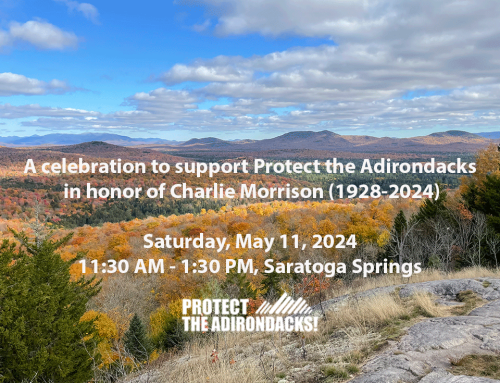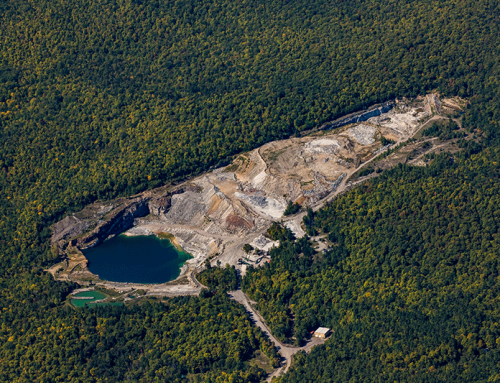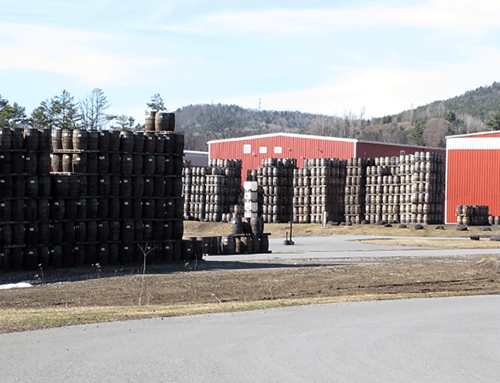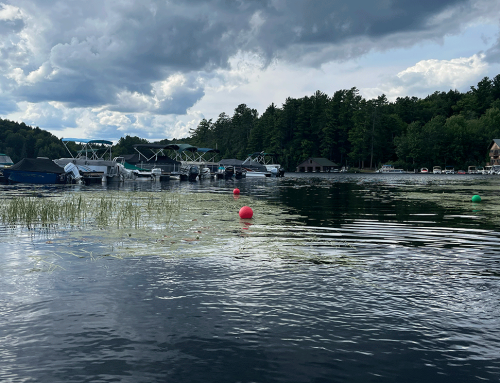The 1924 sign law that effectively banned billboards throughout the Adirondack Park shows how our forbearers were braver, wiser, and more prescient than we are today. It was a bold decision that resulted, by some accounts, in the removal of over 1,400 billboards. In the Adirondack Park this law largely prevented an assault of rooftop and roadside billboards that dominates broad stretches of the U.S. – the cluttered strips of Anywhere USA.
Without the 1924 sign law the travel routes through major and minor Adirondack hamlets would have surely been despoiled by advertising of every size and shape imaginable. The sign law has largely limited such activities to the interior of a few hamlet areas.
The 1924 sign law shows early recognition that the Adirondack Park was viewed as a special landscape in New York, a landscape well worth preserving for its scenic and aesthetic qualities. It also showed that we could take special actions to manage the special landscape of the Adirondack Park.
As a historic event, the 1924 sign law was one of the first acts that sought to integrate the private lands of the Adirondacks with the public Forest Preserve. The Adirondack Park was created in 1892 and the Forest Preserve made forever wild in 1894, and reaffirmed importantly in 1915. Yet, the 1924 sign law was the only effort that sought to connect public and private lands in the Adirondack Park until 1968 when Governor Rockefeller appointed the Temporary Commission on the Future of the Adirondacks, which led to the passage of the APA Act in 1972.
Governor Al Smith, who also purchased the summit of Mount Marcy and made tours through the North Country, signed the sign law in 1924.
Here’s the relevant text of the 1924 sign law, remarkably unchanged after all these years, section 9-0305 of the Environmental Conservation Law, entitled “Signs and advertising in Adirondack and Catskill parks.”
“In order to conserve the natural beauty of the Adirondack and Catskill parks, to preserve and regulate the said parks for public use for the resort of the public for recreation, pleasure, air, light and enjoyment, to keep them open, safe, clean, and in good order for the welfare of society, and to protect and conserve the investment of the state in forest lands, campsites and other interests in real property in said parks, no person shall erect or maintain within the boundaries thereof any advertising sign, advertising structure or device of any kind, except under written permit from the department. The provisions of this section shall not apply to signs erected or maintained upon a parcel of real property in connection with the principal business or principal businesses conducted thereon and which advertise such business or businesses only, or to signs within the limits of an incorporated village.”
It’s still feels good to many when we drive north on the Northway and see the billboards disappear after Exit 20. It feels good when we drive on Route 28 from the west and pass miles of billboards advertising all things Old Forge abruptly end when we hit the Blue Line.
We should all be grateful that the sign law was passed in 1924 because it’s something that makes total sense for the Adirondack Park, yet is also something that we would never see passed today. Just imagine the public debate today around a ban on billboards in the Adirondack Park. Imagine the complaints from elected officials or the Local Government Review Board or the Glens Falls Post Star. Imagine the testimonies that communities and businesses are dependent upon those signs and sign removal would threaten the local economy. Imagine the ridicule about those little signs against the backdrop of the big wilderness.
Were it not for the 1924 sign law the Adirondack landscape would be dotted by the thousands with billboards. The scenic beauty of the Adirondack Park is one of the great economic assets that we have. The scenic beauty of Park roads always ranks high in tourism surveys. The scenic beauty of the Park’s travel corridors set the Adirondack landscape apart and the absence of billboards is a big part in preserving our scenic beauty.
For the 1924 sign law, like forever wild and the APA Act, we owe a great debt to those who were braver and wiser than we are today and who saw clearly a moment in time when action was needed.






